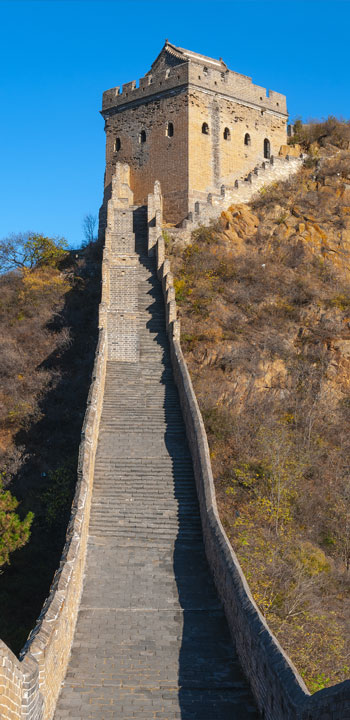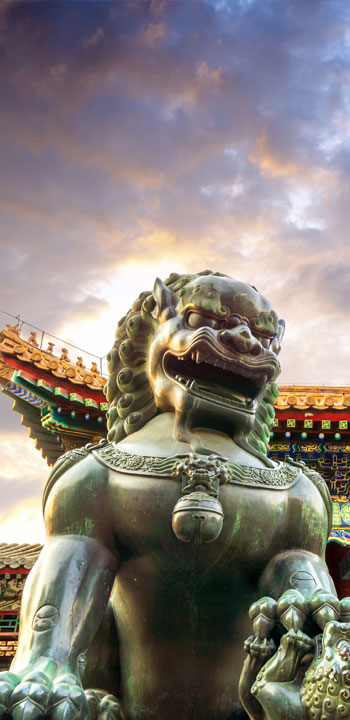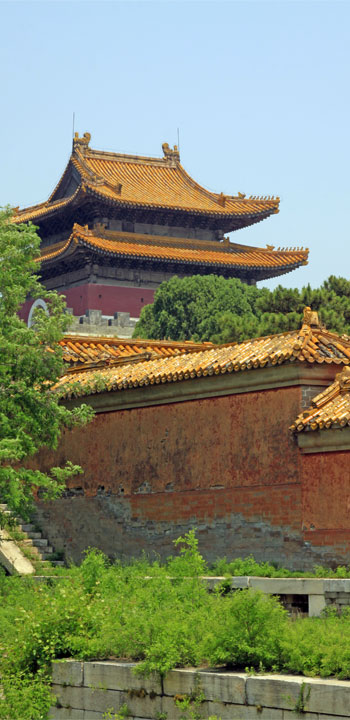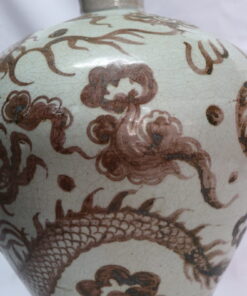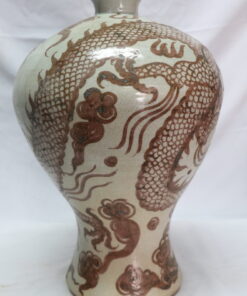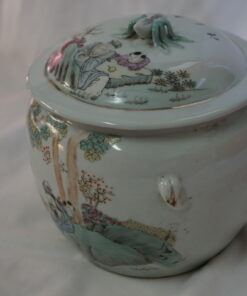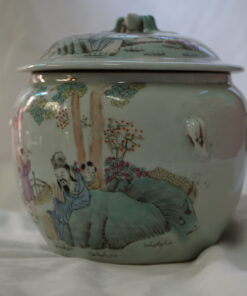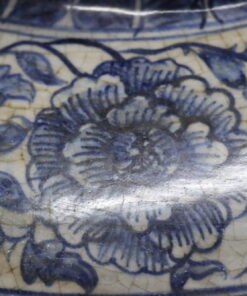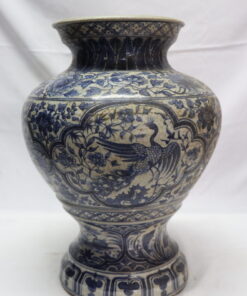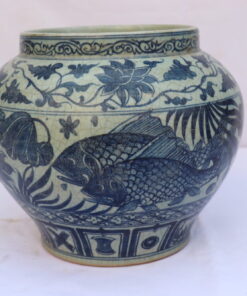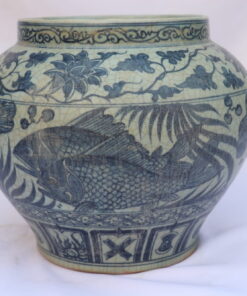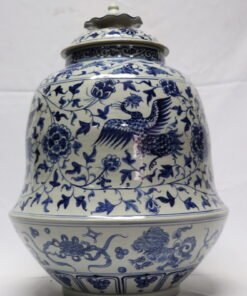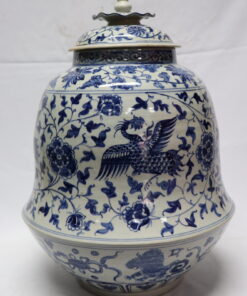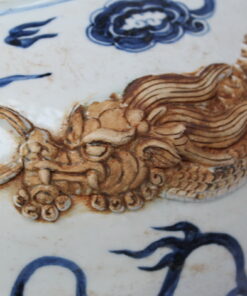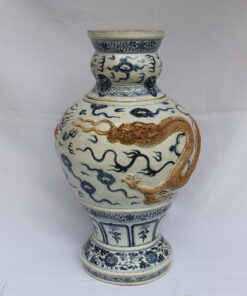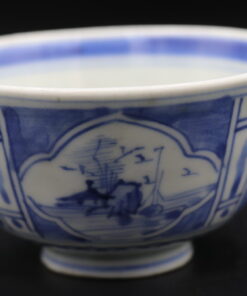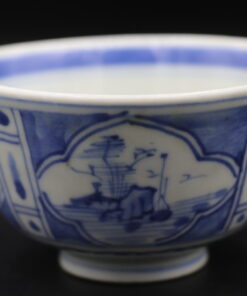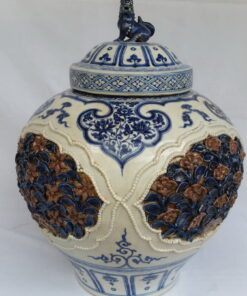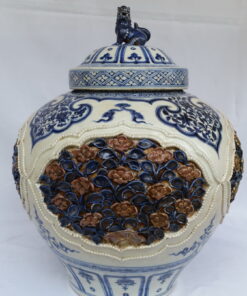The Zhou Dynasty was the longest-lasting empire of ancient China. It followed the Shang Dynasty and ended when the Qin’s army conquered Chengzhou in 256 BCE.
The long history of this empire is categorized into two different periods. This was the Western and Eastern Zhou. It followed the so-called movement of the dynasty’s capital to the east where it was safe from invasions.
The influential minds in Chinese cerebral tradition expanded under the empire. This was specific towards the dynasty’s last period. It was a time of artistic and intellectual awakening, so many ideas developed.
Figures like Confucius, Laozi, Mozi, and Mencius all lived during this time. They also shaped the individuality of Chinese civilization until today.
Read the full storyThe Language and Practices
The Zhou Dynasty used the same language as the Shang. They also shared a lot of similar beliefs and customs. The practice of ancestor worship and divination continued in the empire’s first centuries.
Despite the continuation of Shang practices, literature shared the corruption of late Shang kings. It also states that it is the reason for the dynasty’s defeat.
This was also the empire that introduced the belief of the ‘mandate of heaven’. It states that heaven gives virtuous and wise leaders the right to rule. They are also given the right to take this away from corrupt leaders.
The Zhou stated that the Shang lost the mandate of heaven due to their depravity and corruption. This political concept was vital and would last throughout the later dynasties.
Western Zhou
Western Zhou was the categorized first half part of the rule. It started when the King of the dynasty, King Wu, overthrew the Shang dynasty. This was at the Battle of Muye and ended when Quan Rong nomads attacked its capital Haojing. Here, they killed King You in the year 771 BC.
For about 75 years, the earlier state, Western Zhou, was successful yet soon lost their power. Former Shang lands, divided into hereditary fiefs, became independent of the ruling king. In 771, the Zhou was exiled to the Wei River valley. Afterwards, real power came to the hands of the leader’s nominal vassals.
Chinese Antiques for Sale
Rare collection of Chinese antique porcelain and pottery.
See The CollectionAncient China
Economy of the Zhou Dynasty
Agriculture of the Western Zhou expanded to greater lengths than the Shang Dynasty. Not only were their tools made of bronze, but the methods of furrowing were advanced.
Fields had three different portions where one was un-planted to make it regenerate. The main products were of different types like wheat, millet, fruit, and rice.
Since slaves existed during this time, the handicraft industry developed fast. The manufacture of bronze wares was large scale. Textiles and architecture had great progress too.
During the late Western Zhou, people started understanding the skill of metallurgy.
Unrest
The Civil War
Few records survived from this era and accounts only cover lists of kings with unsure dates. King Wu died two or three years right after the takeover. Since his son, King Cheng, was young, his brother, who was the Duke of Zhou, assisted the inexperienced king. He functioned as regent for his brother.
Wu’s other brothers – Guan Shu, Shu Du, and Huo Shu, grew concerned over the Duke’s growing power. This led them to form an alliance with other regional rulers and Shang remnants, starting a rebellion against them.
The Duke stamped out the rebellion and crushed more territories than needed. This was to bring others under the rule of the empire.
The Duke formed the Mandate of Heaven doctrine. This was to counter the claims of the Shang to a divine right to rule. Plus, it was the basis for the foundation of Luoyang as an east capital. With the feudal Feng Jian system, royal relatives and generals received fiefs.
These included Jin Ying, Luoyang, Yan, and Qi. This kept the authority of the dynasty while expanding its rule on larger territories. A lot of these territories became major states when the empire depleted.
When the Duke of Zhou resigned, the remaining reign of Cheng seemed peaceful and thriving.
About
Zhou Education
There were built schools for the sons of the nobility. These were set in the capital city of Zhou and the feudal states’ capital cities. Schools for commoners were within the feudal states. These were set in hamlets and villages so men and women could attend after working on the fields.
There were schools for elementary and advanced individuals. They were for both the ruling classes and commoners.
Separate studies for girls focused on the feminine virtues and homemaking. These were necessary for assuring the stability of the family system.
The nobility’s content of education consisted of the six arts. These were music, rituals, archery, chariot-riding, mathematics, and writing. They comprised of liberal education of the period and mere memory work was not allowed. As Confucius stated about education, “learning without thought is labor lost.”
History
Arts and Culture
The emperors focused a lot of attention on etiquette. During funerals, sacrificial ceremonies, weddings, etc. strict regulations needed to be followed.
To change the lavish customs during the late Shang period, getting drunk was not allowed. This is why drinking goblets from the Shang Dynasty disappeared during Western Zhou. The prediction method used during this period was still popular in the west.
When it comes to characters, they were used and carved on both animal bones and bronze wares. In astronomy, professionals observed the celestial phenomena and made records of these. All these developments displayed that there were great scientific advancements during the time.
“It does not matter how slowly you go as long as you do not stop.”
~ Confucius
The End of the West Zhou Period
The time from 1000 to the late 9th century was marked by continuing domestic peace. There was also gradual expansion of the state. During the period, strong leaders ruled over a network of hereditary fiefs under the Tian.
The strength of the state was based on three pillars. The religious, political, and social organization pillars. These were the influences of the Zhou throne. The built-in force of state religion was held by the Tian.
Also, the arrangement of clan-based successions to occupations or office. These became an extensive feature of feudal society.
As the state matured due to these pillars, it developed a complex set of informal and formal institutions. These came to govern every element of an elite’s life from this dynasty.

Eastern Zhou
The Eastern Zhou era has been divided into two stages. These were specifically the Spring and Autumn periods which lasted from 770 BC to 474 BC.
The Warring States period also appeared in this time and lasted from 475 BC to 221 BC. Names of these eras came from modern historical documents.
As for the Warring states period, it saw an intensified situation of interstate wars. Weaker and smaller states were consumed by stronger neighboring areas. Armies pushed forward from having thousands of men increased to tens of thousands instead.
The success came to an end in the ninth century. This was due to a series of domestic rebellions led by regional lords. These were also accompanied by nomad tribe raids outside the state, such assaults brought the weakening of the kingship.
Discrepancy within the royal family caused various disorders. At times, even one king of Western Zhou was put into exile by dissatisfied people in the capital.
The Spring and Autumn Stage
The Zhou DynastyDespite its serene-sounding name, this period was rife with conflict and bloodshed. Taking place in the Eastern Zhou dynasty, the period marked the decline in Zhou court power.
There was also a gradual boost in power of certain states. Yet its lasting legacy was due to the philosophers of the time: Sun Tzu, Confucius, and Lao Tzu.
The Spring and Autumn stage Chunqiu is the first part of the Eastern Zhou period Dongzhou. It’s characterized by an important drop in power of the Zhou kings. They fled to the east capital of Cheng Zhou after the nomad Quanrong tribes attacked the western and main capitals.
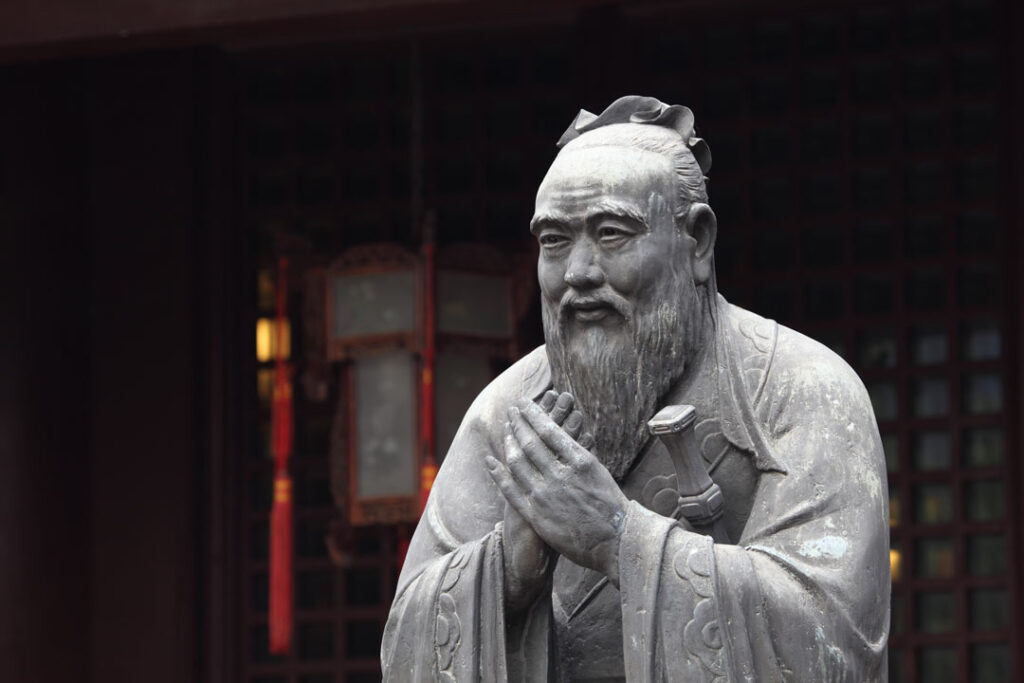
Warring States Time
The Warring States Period was a time of division in classic China. After their abstract and peaceful times, states battled before the unification of China. Later, the country was reunited under the Qin Dynasty.
During this time, nobles stopped supporting the Zhou Dynasty. Their vassal states also declared themselves independent from the dynasty. This led them to become kingdoms or the Warring States. Chu became the largest state.
It controlled the southern part of the entire Warring States region. Qin also controlled about a third of the western territories. All the other states comprised the northeast part of the Warring States’ region. This period was divided into two.
The first was from 475 to 338 BC. The stage displayed a stable society and political reforms. For prosperity, each of the states carried out reforms. The popular ones were the Shang Yang reforms in Qin, Wu Qi for Chu, and Li Kui’s for Wei.
The economies developed through this series of amendments. The second was from 338 to 288 BC where strife was fiercer when Qin claimed authority in the west and Qi on the east.
In the year 221 BC, Qin adjoined the rest of the six states to unify China. This ended the disorder and chaos of the Warring States stage.
Politics
The course of time marked a huge turn in Chinese history. The primary material for tool-making became iron by the period’s end.
The Eastern Zhou age was said to be the start of the Iron Age in China. There was a notable development in agriculture with a continuous boost in population. There were constant fights between vassals to claim lands and other resources. People began using copper coins and education became universal for civilians.
The borders between the nobility and civilians subsided. A radical change of the society took place, which the patriarchal clan system made by the Zhou could no longer acclimate.
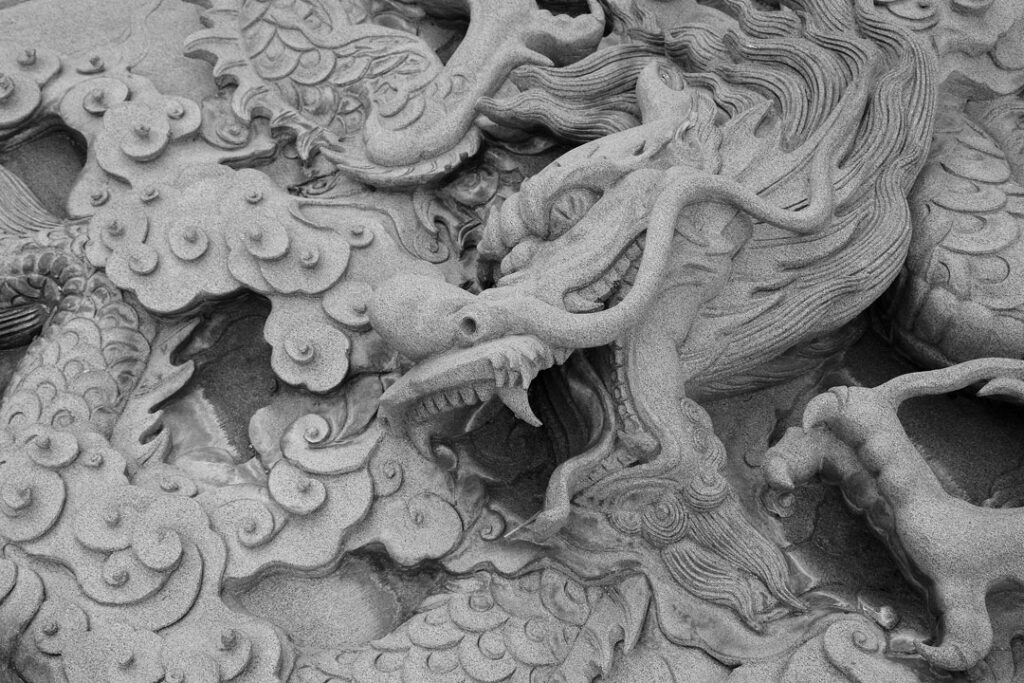
Achievements of the Eastern Zhou
The society underwent great developments in the Eastern Zhou Dynasty. Along with that, there were many conflicts as well. A lot of people had their own ideas and opinions on the improvements in society. They came up with their own doctrines and had many followers.
Different doctrines competed and influenced each other. The primary schools of thought included Confucianism by Confucius, Mohism by Mo Zi, Legalism by Han Feizi, and Taoism by Lao Zi. All the schools have influenced the Chinese society from then until now.
In agriculture, the people started using iron tools like iron hoes and axes for farming. The use of ironware marked the development in social productivity. Agriculture was better enhanced because of the use of cattle when plowing. With the improvement of agriculture, commerce and handicrafts were also enhanced.
Architectural skill was also magnificent. Lu Ban, a founding father of architecture, was present during the Spring and Autumn times. The palaces built were spectacular and grandiose. The bronze decor and tiles used were specific for the palace buildings.
Meeting the needs of military affairs, politics, and economy via communication were all possible. Vassal states gave no effort in sending routes to a lot of remote areas.
During the time, the Silk Road traversed Eurasia. Thus, traffic developed and carriages were often used during this time.
The Fall and Demise of the Zhou Dynasty
The Zhou Dynasty had ended during the Warring States era in 256 BCE. It was when the Qin state’s army conquered the city of Cheng Zhou, as well as the last ruler of the empire, King Nan.
The real power of the empire was so small, that the end of the dynasty was hardly noted. The dynasty was later on absorbed by the Qin. The supremacy of the Qi, Qin, and Chu were so great that China may well had been divided into three.
Yet war and chaos prevailed and the conflicts continued. These lasted until the state of Qin conquered the rest of the states. This led to the unification of the country once more in 221 BCE. Also, it marked the beginning of the Qin Dynasty.
Antique Chinese Porcelain for Sale
Antique Chinese Porcelain
Antique Chinese Porcelain Vase White and Red 4 claw dragon Ming Dynasty
Antique Chinese Porcelain
Soup Bowl Jar Hand Painted by Artist Zhou Xiao Shun Late Qing Dynasty
Antique Chinese Porcelain
Late Ming – Early Qing imitate Yuan Blue and White Porcelain Vase – Folk Kiln with Shell Mark
Antique Chinese Porcelain
Antique Chinese Blue and White Porcelain Ming Dynasty Fish Pot
Antique Chinese Porcelain
Rare Antique Chinese Blue and White Porcelain Vase Early Ming Dynasty
Antique Chinese Porcelain
Antique Chinese Blue and White Porcelain Late Yuan – Ming Vase
Antique Chinese Porcelain
Antique Chinese Porcelain
Antique Chinese Porcelain Blue and White Vase Late Yuan – Early Ming Imperial

